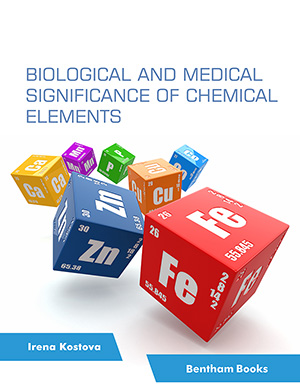Abstract
Background: Plastic pollution has taken over the world. Toxicity of the plastics and other pollutants is enhanced due to the formation of microplastics and nano-plastics that attract Persistent Organic Pollutants (POPs). The need for the treatment of plastic waste in the current scenario led to the rise of various treatment processes. Biodegradation, an eco-friendly approach to eliminate plastics urged to discover plastic-utilizing bacteria and plastic-eating worms. Bacterial degradation of plastics has been extensively studied utilizing the entire microbial community. Hence, the current research focuses on the biodegradation of Low-Density polyethylene (LDPE) using Winogradsky Column constructed using dump yard soil. LDPE degradation was determined using FTIR and GC-MS analysis, which is used to analyze the degradation mechanism of LDPE.
Methods: Sample Collection and Column Construction: The soil samples collected from the Chennai dump yard were used to construct Winogradsky columns. The column with LDPE and enrichment sources is used to study LDPE degradation.
Analysis of LDPE Degradation: The LDPE sheet after incubation was washed with surfactant and ethanol. The dried sheet was analyzed for weight loss and the metabolites were identified using GC-MS analysis. The GC-MS chromatogram was used to determine the pattern of degradation by the microbial community in the dump yard soil.
Results: The mass spectral analysis of GC peaks has been carried out using the electron ionization method, and ions were detected using positive ions scanning mode. The GC peaks appeared at 22.532 and 23.117 min in the control LDPE sheet, which was found to be nonadecane and octacosane, whereas, in the treated LDPE sheet, the GC peaks appeared at 22.467 and 23.062 min. The fragmentation pattern indicates the loss of m/z 14, which confirms the loss of methylene (-CH2-) fragments in alkyl chains. The difference in retention time could be correlated with the increase of CH2 in the alkyl chain length and molecular weight. Higher molecular weight alkanes, such as C16, C18, and C20 above appeared at higher retention times. The presence of longer alkyl chains indicates the LDPE polymer chains. The treated LDPE sample has been analyzed, and the fragmentation pattern indicates the presence of aliphatic chains of C16 or C18.
Conclusion: The current study provides an efficient method to utilize the microbial community as a whole to degrade LDPE. The degradation mechanism of LDPE was determined using GC-MS analysis. The high molecular weight polymeric chain was degraded to small chains, and the formation of alcohol indicates the occurrence of terminal oxidation. Hence, this confirms the degradation of LDPE by the microbiome present in the dump yard soil.
Keywords: Winogradsky column, LDPE, dump yard, mechanism of degradation, GC-MS, otteri dumpsite soil.
[http://dx.doi.org/10.1080/07388550500346359] [PMID: 16419620]
[http://dx.doi.org/10.47277/JETT/9(1)157]
[http://dx.doi.org/10.1126/sciadv.1700782] [PMID: 28776036]
[http://dx.doi.org/10.1038/s41570-017-0046]
[http://dx.doi.org/10.1007/s11356-018-1234-9] [PMID: 29332271]
[http://dx.doi.org/10.1016/j.copbio.2011.01.013] [PMID: 21356588]
[http://dx.doi.org/10.1016/j.polymdegradstab.2021.109662]
[http://dx.doi.org/10.1007/s10668-021-01258-7]
[http://dx.doi.org/10.1016/j.jhazmat.2021.125336] [PMID: 33951880]
[http://dx.doi.org/10.1007/s11356-016-6246-8] [PMID: 26888528]
[http://dx.doi.org/10.1016/j.scitotenv.2020.144719] [PMID: 33548729]
[http://dx.doi.org/10.1002/app.24142]
[http://dx.doi.org/10.1126/science.aad6359] [PMID: 26965627]
[http://dx.doi.org/10.1016/j.envres.2021.111646] [PMID: 34228954]
[http://dx.doi.org/10.1038/s41598-021-96315-6] [PMID: 34446729]
[http://dx.doi.org/10.3389/fmicb.2020.00442] [PMID: 32373075]
[http://dx.doi.org/10.3389/fmicb.2020.603210] [PMID: 33391224]
[http://dx.doi.org/10.1007/s10924-018-1245-0]
[http://dx.doi.org/10.3390/jof7080594] [PMID: 34436133]
[http://dx.doi.org/10.1016/j.heliyon.2020.e04398] [PMID: 32671274]
[http://dx.doi.org/10.1007/s40974-018-0085-z]






























